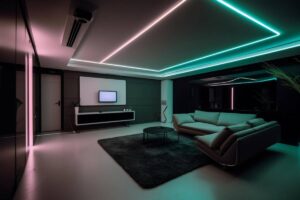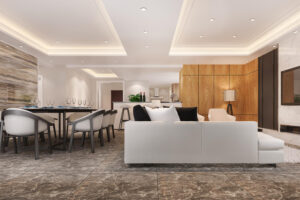The Interior Blog
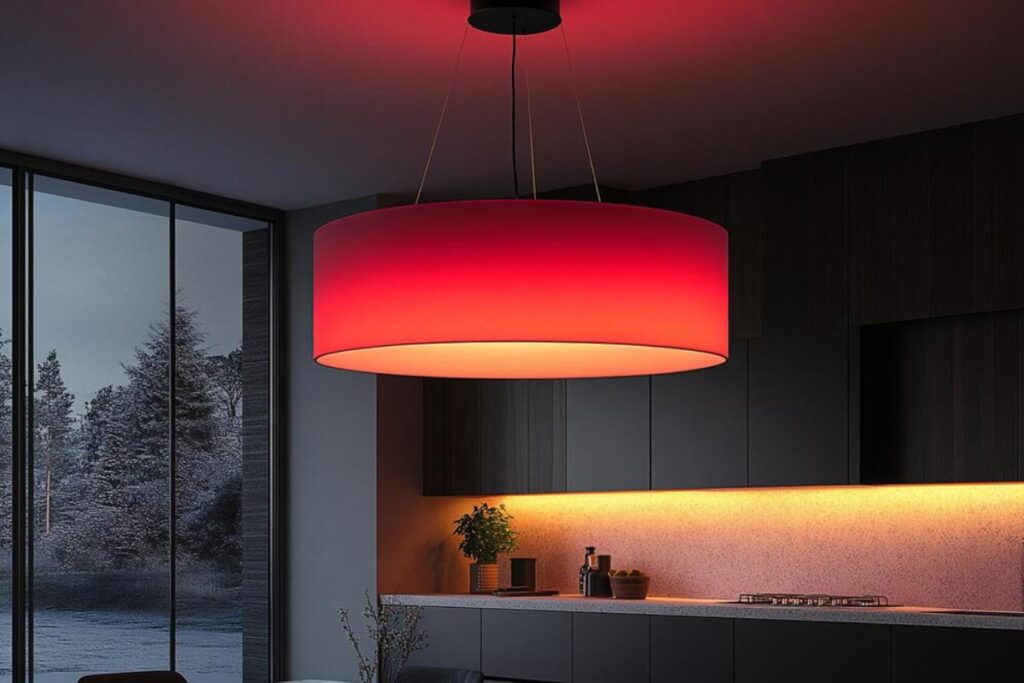
How to Combine Smart Lighting with Minimalist Decor
Minimalist design embraces clarity, calm, and purpose. Every object matters, every line counts—and clutter has no place. But that doesn’t mean you have to ditch modern conveniences. Smart lighting, when done right, can actually enhance the minimalist aesthetic while adding comfort and control.
With careful planning, you can bring tech and tranquillity together seamlessly. This guide will walk you through how to integrate smart lighting into minimalist decor without compromising your clean, clutter-free space.
Understanding the Core: Why Smart Lighting Works in Minimalist Spaces
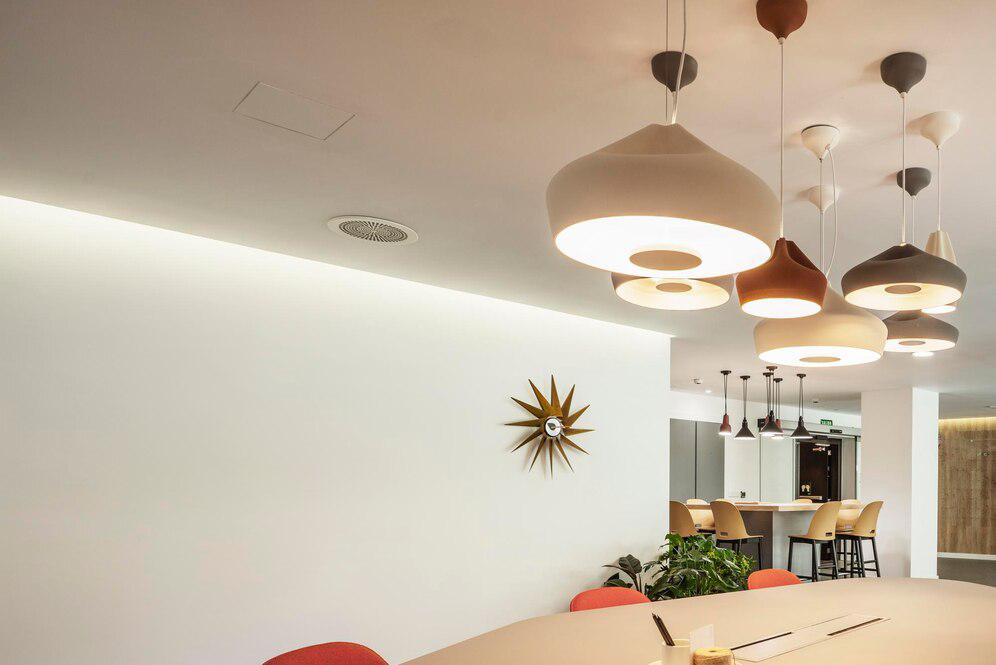
What Is Minimalist Lighting Design?
Minimalist lighting focuses on simplicity, function, and harmony. Think:
- Soft, diffuse light
- Neutral or monochrome colour schemes
- Hidden or recessed fixtures
- Minimal visible hardware or wiring
How Smart Lighting Complements Minimalism
Smart lighting enhances minimalism by offering:
- Wireless control (no visible switches)
- Multi-purpose scenes from one light source
- Built-in scheduling to remove the need for physical timers or remotes
- Sleek, clean fixture designs that match neutral interiors
According to a 2023 study by Smart Living UK, homes using integrated smart lighting systems reported a 23% boost in visual clarity and design satisfaction in minimalist spaces.
Quick-Guide: Smart + Simple Lighting Integration
Minimalist Smart Lighting Checklist:
- Choose sleek, wireless-compatible smart bulbs and fixtures
- Opt for white or neutral-toned lighting hardware
- Use tunable white or warm colour ranges for natural ambience
- Limit visible hardware (switches, cords, hubs)
- Program scenes to eliminate visual clutter (e.g., no multiple lamps)
- Mount or conceal lighting with clean lines and symmetry
- Use apps or voice control instead of wall switches
- Align lighting choices with functional zones (work, relax, sleep)
- Maintain design consistency with minimalist furniture and tones
Pro Tip: Choose smart dimmers with minimalist touch interfaces or capacitive controls instead of traditional switches—they look cleaner and offer tactile feedback.
Step-by-Step Guide: How to Practise Minimalist Smart Lighting Design
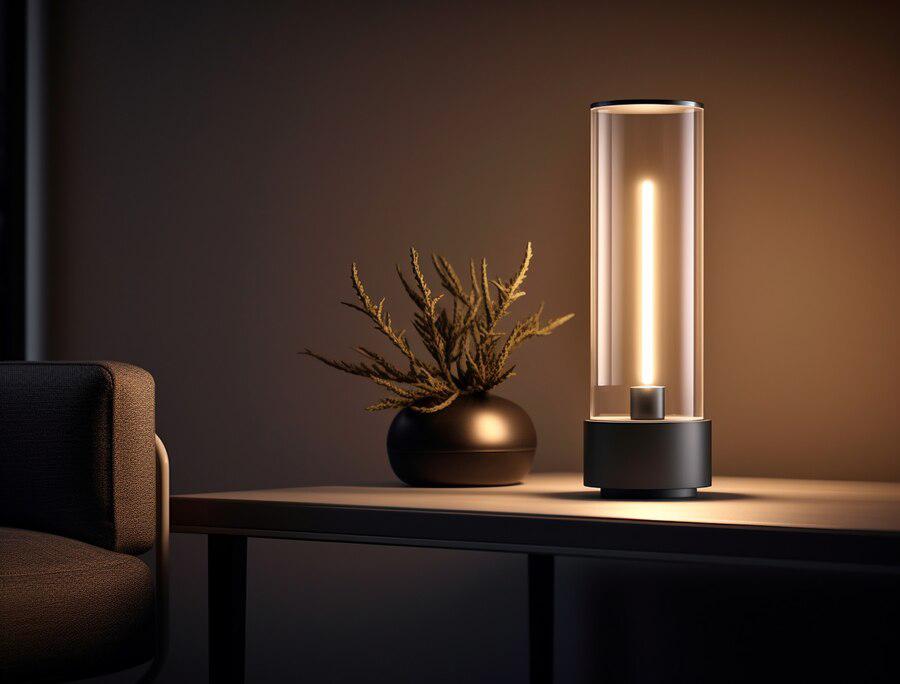
Step 1: Define Your Lighting Needs by Zone
Divide your home into zones, each with a purpose:
- Living Area: Soft ambient light with the option to dim
- Kitchen: Bright task lighting that shifts warmer in the evening
- Bedroom: Circadian rhythm–friendly transitions from warm evening light to energising cool morning tones
- Bathroom: Discreet overhead lights with mirror-facing accent LEDs
Use smart groups to assign bulbs by zone, making automation easier.
Step 2: Select Lighting Fixtures That Blend In
Look for:
- Recessed ceiling spotlights
- Flush wall sconces
- LED light strips hidden behind furniture
- Pendant lights with smooth finishes and simple forms
Avoid anything oversized, ornate, or overly colourful. Aim for matte black, white, grey, or metallic finishes.
A single LED strip under a floating shelf can replace multiple bulky lamps—and look far cleaner.
Step 3: Use Smart Bulbs with Tunable White or Natural Colour Ranges
For minimalism, avoid overly bright RGB settings unless they’re muted pastels or used for rare moments.
Opt for:
- 2700K–3000K (Warm White) – Ideal for evening calm
- 4000K–5000K (Cool White) – Focused workspaces
- Tunable White LEDs that adjust with your schedule
Brand tips:
- Philips Hue White Ambience
- LIFX Clean or Day & Dusk
- Govee Tunable Whites
Step 4: Mount and Conceal Wisely
- Hide cords inside walls or cable tracks
- Mount light strips beneath counters or within architectural lines
- Use in-wall smart switches for multi-device control without visual clutter
Don’t just remove clutter—prevent it from appearing in the first place.
Step 5: Create Lighting Scenes for Simplicity
Rather than manually switching between lights, use app scenes or voice routines. For example:
- “Work Mode”: Cool white at 90% in the home office
- “Evening Wind-Down”: Warm glow at 40% throughout the living space
- “Morning Reset”: Brighter, cooler light to help you rise
This reduces the need for lamps, switches, or additional hardware—just one light source, many moods.
Important Tip: Don’t overload small spaces with multiple light sources just for variation. Use scenes and colour temperature changes instead of more devices.
Expert Insight:
Anna Webb, interior lighting specialist, says: “Minimalist interiors should let the light breathe. Smart bulbs let you transform a space without adding anything physical. That’s the purest form of minimalism.”
Best Practices & Additional Insights
Incorporate Motion and Daylight Sensors
Use smart sensors to automate lighting based on:
- Time of day
- Presence in the room
- Ambient daylight levels
This keeps the lighting experience intuitive and eliminates the need for user input, reducing both effort and visible tech.
Balance Smart Lighting with Texture
Minimalism doesn’t mean sterile. Use soft textiles, matte finishes, and organic materials. Let lighting:
- Highlight these textures
- Create warmth through shadows and contrast
A well-lit textured wall or linen curtain feels more luxurious than a cold spotlight on plain drywall.
Integrate Smart Lighting with Your Minimalist Colour Palette
Choose lights that can adapt to:
- Monochrome palettes with soft white tones
- Scandinavian greys with cool lighting
- Earthy minimalism with warm tones and indirect light
Smart bulbs that can shift colour temperature help blend lighting with changing seasonal or emotional tones.
FAQs: Smart Lighting in a Minimalist Context
Q1: Do I need a smart home hub for minimalist lighting?
Not always. Many bulbs like LIFX and TP-Link Kasa connect directly to Wi-Fi. However, hubs (e.g., Philips Hue Bridge) provide better scene coordination and responsiveness.
Q2: Can minimalist lighting work in rental homes?
Yes. Use non-invasive options like: Smart bulbs in existing fixtures, Stick-on LED strips, Battery-powered smart switches or Portable app or voice control setups
Q3: What’s better—smart lamps or ceiling lights?
Ceiling lights with app or voice control are more minimalist. Lamps take up visual and physical space. Opt for indirect ceiling or wall-mounted lighting wherever possible.
Q4: Can smart lighting really reduce visual clutter?
Absolutely. By combining functionality into fewer physical items (e.g., one bulb offering five scenes), smart lighting reduces the need for multiple devices, switches, and remotes.
A Minimalist Home Made Smarter
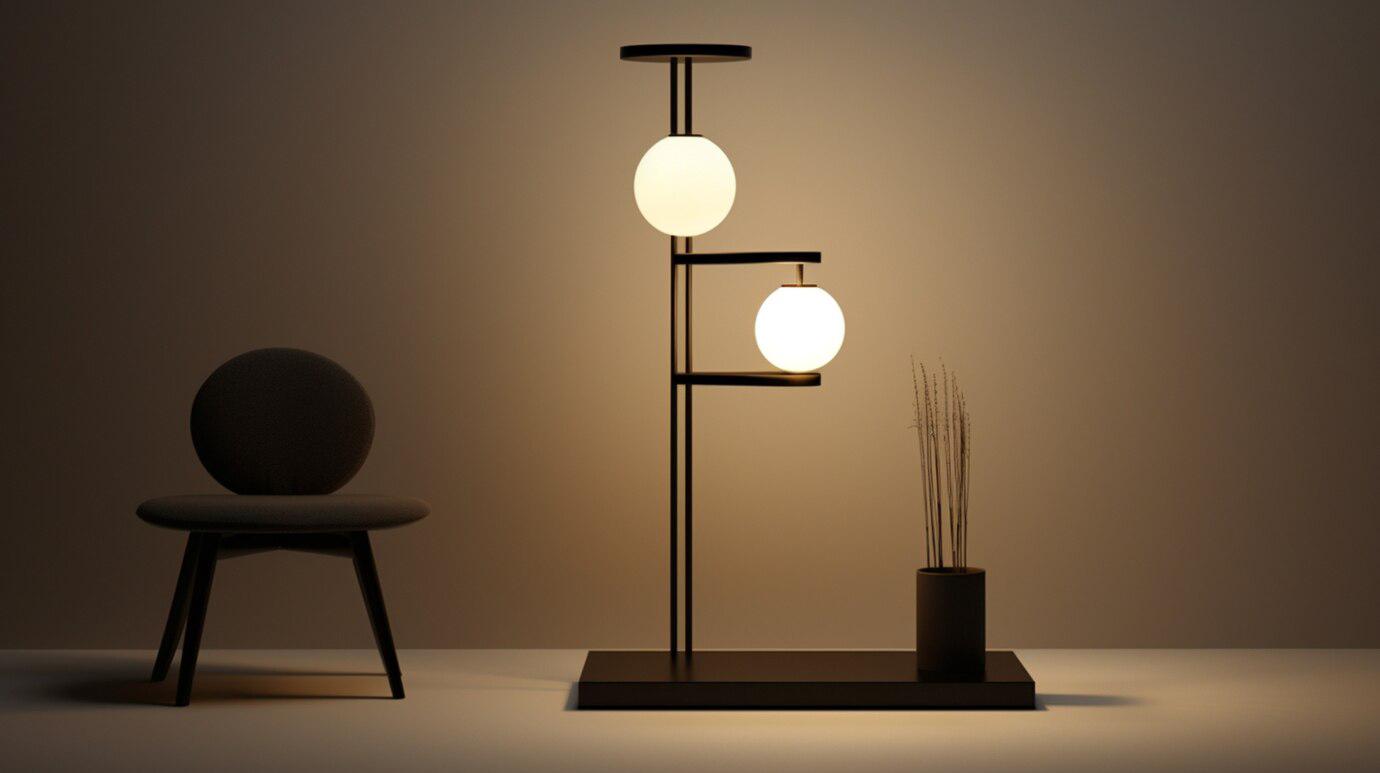
Combining smart lighting with minimalist decor is less about tech and more about intent. You’re choosing lighting that blends into the background—until the moment it’s needed. It’s about flexibility without fuss, elegance without excess.
With the right lighting strategy, you can highlight your minimalist design, reduce energy use, and personalise your space for any mood, without compromising on style.
Ready to light smarter, live simpler? Check out our other minimalist-friendly smart home tips: How to Maximise Natural Light with Smart Additions, How to Create a Personalised Sleep Routine for Better Rest.



